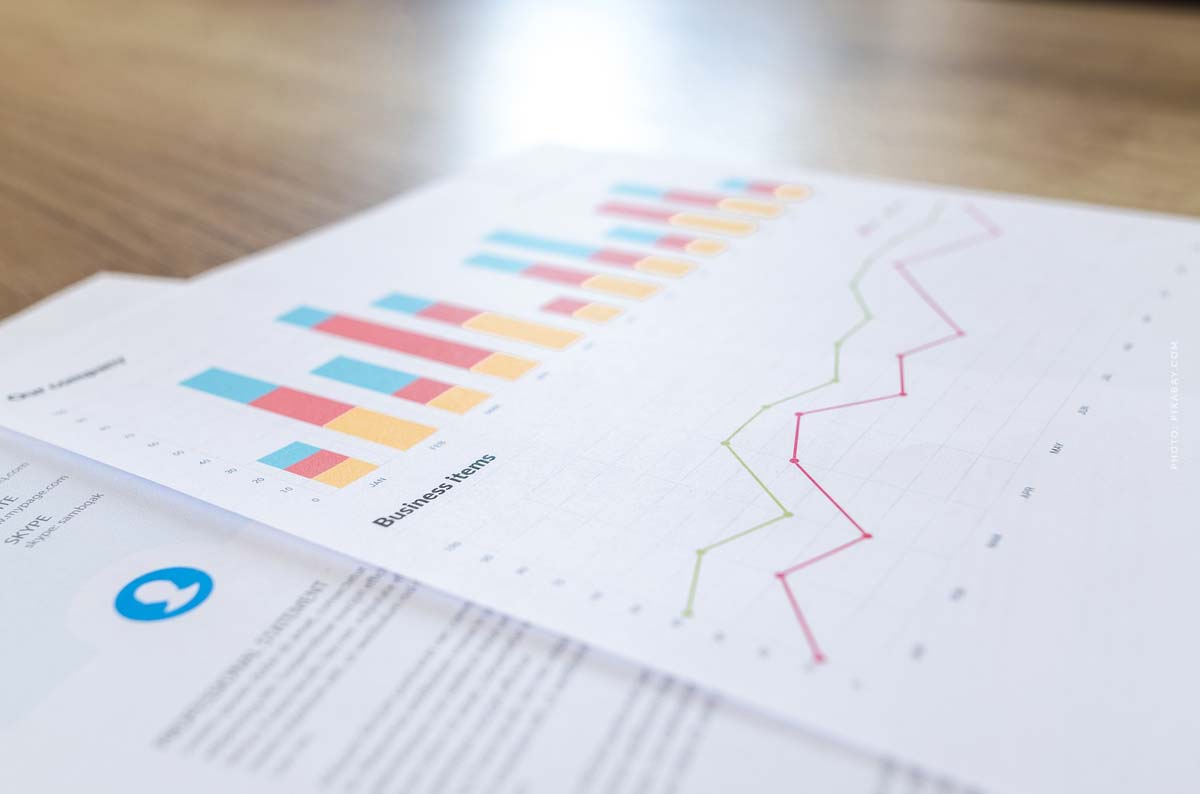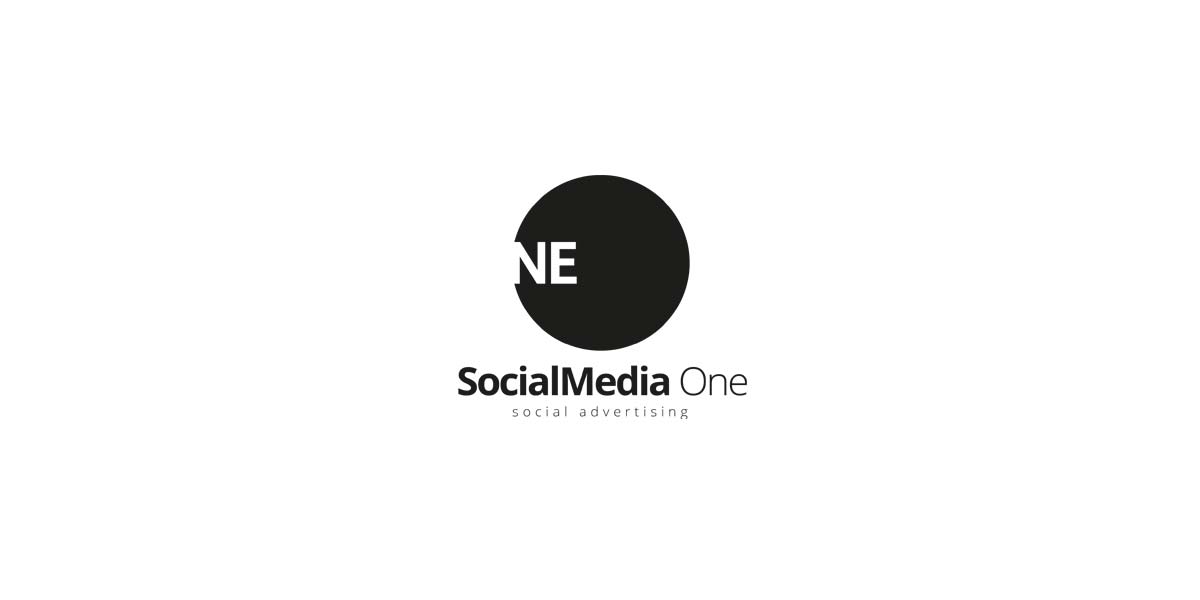Scale: What is a scalable business model? + Advertisements
Scaling – the topic par excellence in business administration. Whoever has achieved his proof of concept, i.e. a profitable business model, must in the next step succeed in generating more profits with less investment. After all, many things that cost a lot of money to set up no longer have to be done. Certain processes can be automated so that some tasks no longer require personnel but only software and licenses. Scaling means turning a business model upside down, making it even more profitable. “Scale” means staircase and derived from it, scaling means expand.
- What is scalability?
- What is a scalable business model?
Learn how to scale from the online marketer: Advertisements
Most social media managers who start a search query in terms of scaling want to find out more about the topic, in other words, how can you make a lot out of little?
Many young entrepreneurs in the online marketing sector often start their first scaling in the area of affiliate marketing. The basis is often a small blog with articles, or a landing page (a single HTML page with a sales-optimized interface). On this blog there is then e.g. test report, to topics like E-cigarettes, the classical coffee machine or also the coffee pad test, exactly the same goes it naturally also for bicycles, E-bikes or also the automobile industry. In the individual blog articles are then the so-called affiliate links deposited. Every time a user buys a product by referring to the affiliate link, the blog owner earns between 5 and 20% (usually 10%) of the sales. This is how affiliate marketing and scaling works on a small scale.
The aim of the young entrepreneur is to buy targeted reach through advertisements in social networks so that sufficient sales are generated. Each page or advertisement that generates sufficient sales will then become a sustainable project for the entrepreneur. The advertisements start off with small budgets and, if they perform well, are turned up. Scaling!
With a small budget, they now test different advertisements for effectiveness and compare the campaigns with each other. The investment is not too high, because each campaign is tested with perhaps only 20 € or 30 € per day. This can be used to calculate results and identify the most successful advertising campaigns. These campaigns are then equipped with the budget of the campaigns that are not running so well. The less effective campaign will be shut down.
All clicks generated by the reach are then directed to a blog or the specially set up landing page.
Let us summarise the example once again: In our best practice, the young entrepreneur would have set up a blog with various comparison and test reports. These are advertised in social network by individual advertisements.
Monitoring, Optimization, Scaling
After approx. 50 articles, the articles are equipped with advertisements. Every single article gets an ad campaign. Within this advertising campaign there are then the different advertisements, which are tested against each other. So it could be with the e-bikes a photo in which a person rides. On a second graphic you can see the e-bike in detail. A third graphic shows the e-bike in the garage, without a person. Which of these three graphics will bring the most clicks and the most sales? With all 50 articles 150 different advertisements would develop in such a way. The results can be evaluated after a short running time of 2 or 3 days. Individual advertisements that convert poorly, i.e. ensure few clicks and sales, are switched off early. After monitoring, it is decided which campaigns will be shut down and which will be continued.
Of 150 advertisements, maybe 20 or 30 will survive, but these are profitable! Each single page or advertisement costs about 50 € per day and brings in turn affiliate income of 70 €. This results in a daily profit of 400 to 600 €, a monthly profit of 15,000 € without fluctuations. Thus a small blog or a landing page on the subject of comparisons and tests became a proof of concept. The functioning business model was then further optimised, budgets were reallocated and thus further expanded. For a single person, good work.













 4.9 / 5.0
4.9 / 5.0